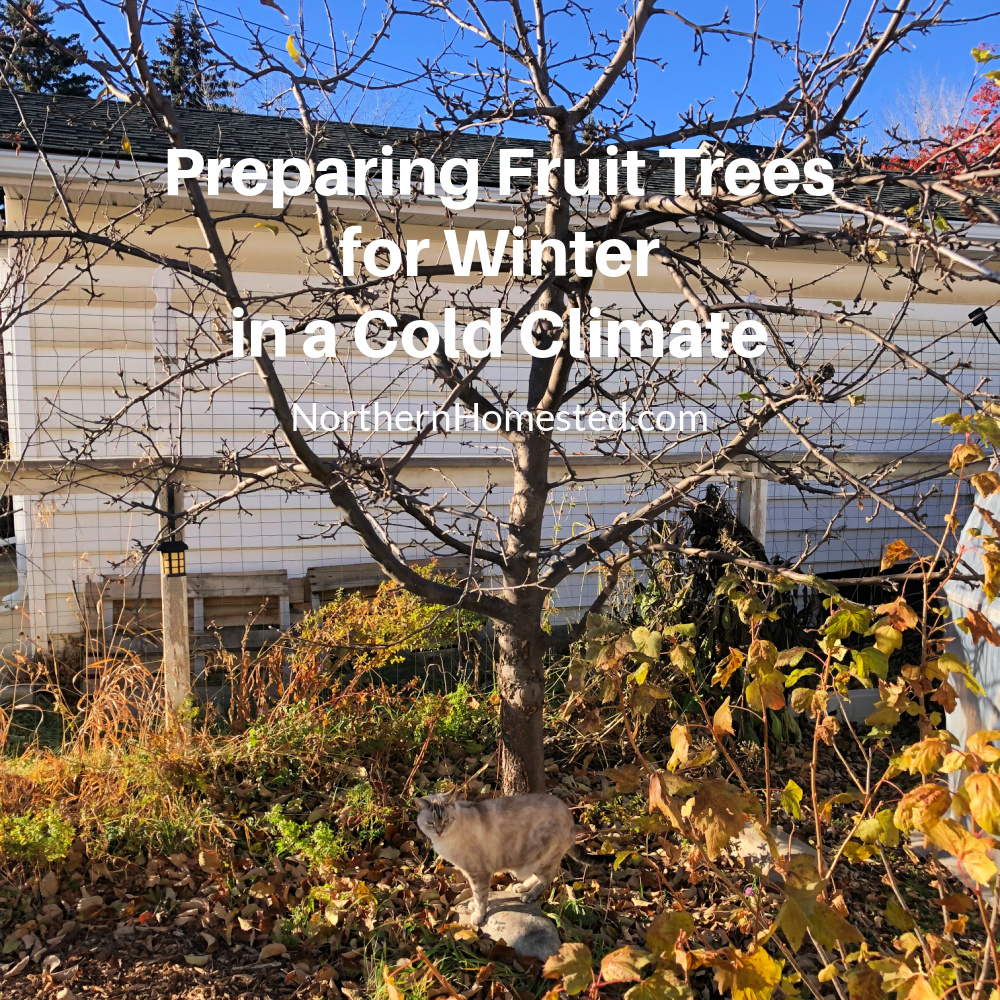
Preparing fruit trees for winter in a cold climate is essential. We cultivate cold-hardy fruit trees in our cold climate (Zone 3). However, young trees may not have experienced a true cold winter yet, depending on their origin. We cover what qualifies as a cold-hardy tree and provide some reliable sources for obtaining them in “Growing Fruit Trees in a Cold Climate: Part 1.” Now, let’s explore how to help these trees survive their first winters and beyond.
Mulching Fruit Trees
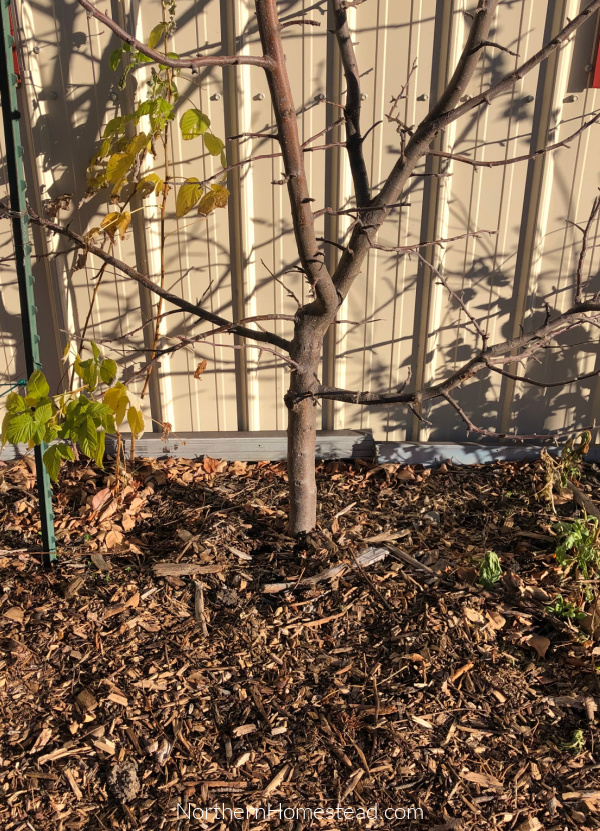
Mulch is beneficial not only during the summer months, when it helps keep the roots moist, but even more so in the cold winter. This is especially true in areas where snow cover is not guaranteed, as mulch protects the roots from harsh conditions.
The best materials for tree mulch are those derived from trees, such as wood chips or ramial wood chips, which are made from smaller branches, twigs, and leaves. Bark mulch and wood shavings can also be effective. Additionally, straw and other organic materials can be used for mulching.
Some growers believe that the tree’s trunk should remain exposed. While this might be important if you add several inches of mulch, in our experience, adding one or two inches does not present an issue.
If a tree has had a pest or disease problem, it is advisable to remove fallen leaves before applying new mulch. However, if the leaves are otherwise healthy, it’s best to leave them in place, as they can provide additional protection.
Protecting Trees from Wildlife
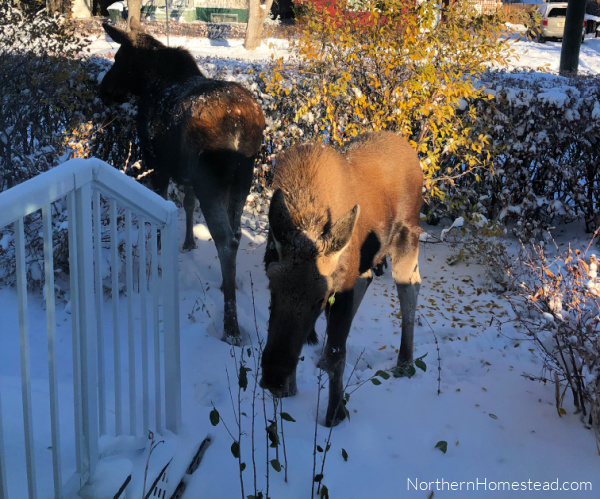
Wildlife relies on trees during the harsh winter months. Young fruit and pine trees are particularly vulnerable, as various animals, from small mice to large moose, may target your young orchard. Read more about gardening and wildlife here.
Wrapping the trunk can be sufficient if a wildlife fence protects the trees. However, if deer and other animals can access the area, it’s important to fully protect the smaller trees.
If possible, choose a light-colored wrap for the trunk, as it serves a dual purpose by also shielding the tree from the sun.
Wrapping Trees to Protect from the Cold
If your trees are hardy for your growing zone, wrapping them is usually not necessary. However, we have experienced dieback up to the snow line, even with very hardy trees. This often occurs because many tree growers start their plants in greenhouses, so the trees have never been exposed to cold climates. If you are uncertain, wrapping the entire tree is a good idea. Additionally, wrapping a small tree helps protect it from various dangers in the open environment.
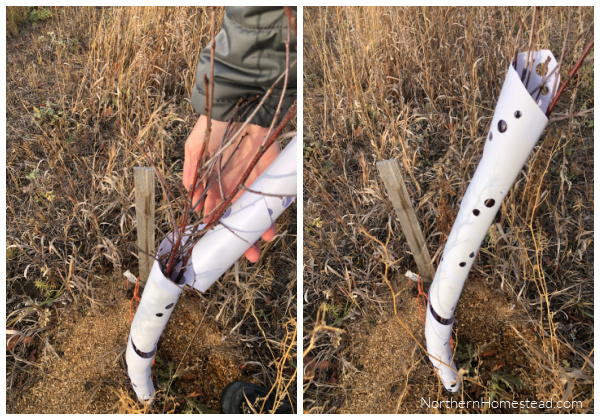
In the picture, I am wrapping a young tree with a protective tree wrap to shield it from wildlife, sunlight, and some wind during the winter months. Depending on your tree’s specific needs, you can choose a wrap that suits your circumstances.

During cold snaps, piling up snow around a tree is helpful when temperatures drop below normal. Snow is a great insulator. However, make sure not to break branches.
Watering Trees Before the Ground Freezes
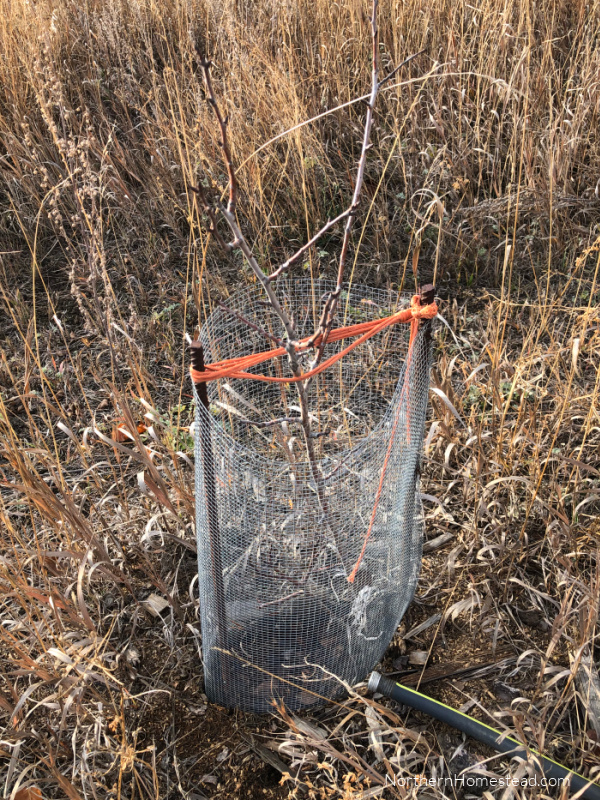
Trees do not need water when they are dormant, and withholding water in early fall can sometimes encourage them to enter dormancy sooner. However, once the ground freezes, providing moisture to the roots becomes impossible. When spring arrives, these roots will need that moisture, and the tree begins to awaken.
To ensure there is enough moisture available, it’s important to water young trees just before the ground freezes. If well-mulched, mature, and well-established trees have sufficient moisture during a normal year. If you’re ever in doubt, it’s a good idea to give them some water as well.
You have prepared fruit trees for winter in a cold climate. Have we overlooked any important practices? Please share in the comments below.
We invite you to subscribe to Northern Homestead and follow us on Instagram, Facebook, or Pinterest for the latest updates.
More Trees and Shrub Articles You Might Enjoy:
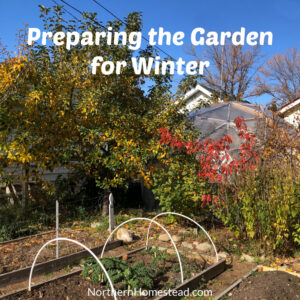
Preparing the Garden for Winter in a Cold Climate
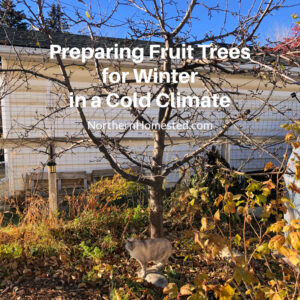
Preparing Fruit Trees for Winter in a Cold Climate
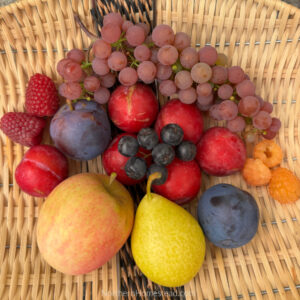
Picking Fruit and Berries at Their Peak

A Complete Guide to Growing Hardy Raspberries in Cold Climates
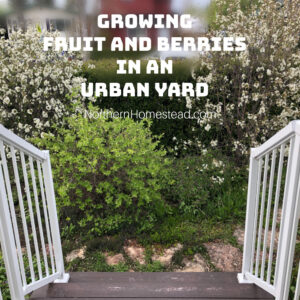
Growing Fruit and Berries in an Urban Yard

Growing Aronia and Goji Berries in an Urban Garden
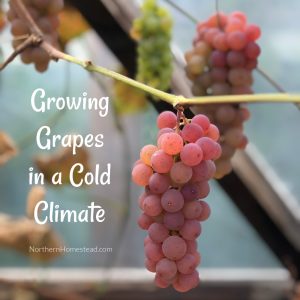
Growing Grapes in a Cold Climate

Planting a Shelterbelt

Growing Edible Pine Nut Trees



Leave a Reply